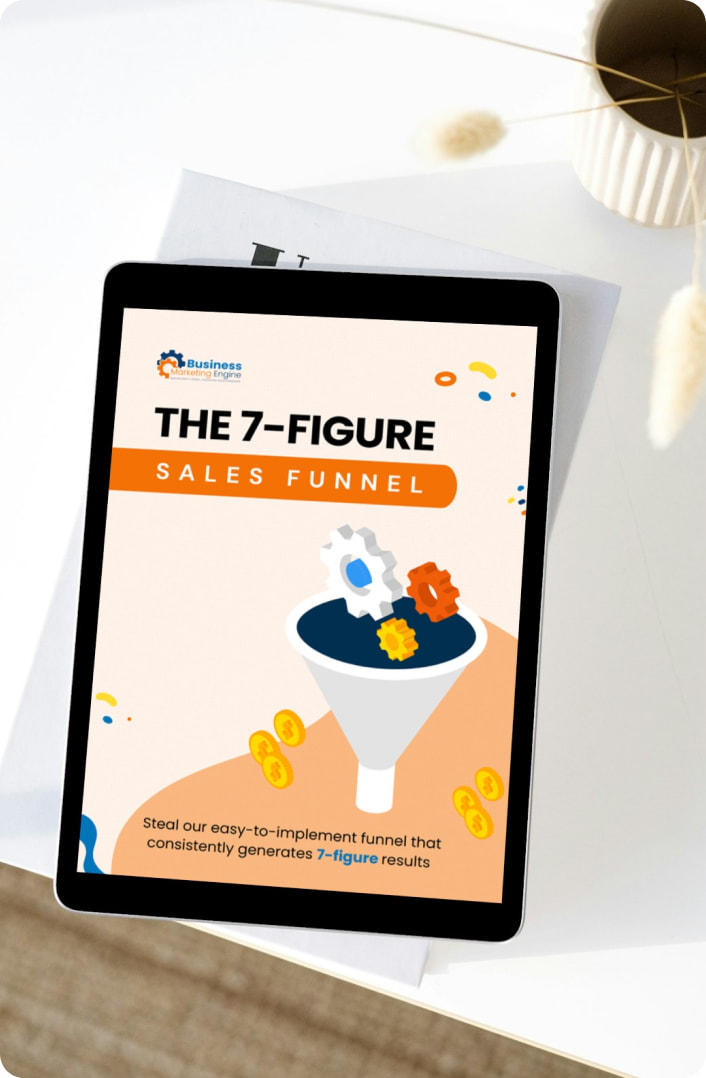Releasing a product or service without taking a look at the market it is going into or the customer base that will receive it leads to disaster. For your product launch to become a success, there are six steps you need to take when formulating an effective product and market research plan.
Step One – Determine Objective and Problem
Start your market research plan by identifying the objective you want to achieve and the question you wish to answer. To find the question, look at a problem in the market that has insufficient information on how to solve it. The objective of your market research then becomes providing an answer to that question with the data to back it up.
Having a clear idea of the goal that you are aiming to achieve and the question you are working to answer will give you focus. Your research will be more efficient because the objective and question will always be present in your mind.
Step Two – Determine Research Design
A research design is your plan of attack for how you will answer the question in step one. You need to select the research method that you are going to use for data collection. A research method can include any one of the following processes.
- Survey
- Focus Group
- Interview
- Observation
- Experimentation
- Field Trials
Identify how many individuals will make up the sample population for your research. A sample population is a percentage of the larger target market audience that your product targets. Formulate a plan for contacting these individuals and the manner in which you will conduct your research. Options for doing research includes phone calls, emails, in-person questioning, postal mail surveys or internet contact. The option you go with depends on the information you are collecting.
Once you have all of the necessary footwork to your research design complete, you need to determine what classification of research you will implement. There are three research classifications that you need to consider.
- Exploratory Research
Exploratory research centers on topics that are not easy to understand. It will give you basic information that is essential to the further understanding of a subject. It is an ideal research classification to use for focus groups or interviews.
- Descriptive Research
Descriptive research gives detailed information on your research topic. It will give you quantitative measurements on a particular subject of interest. It is an ideal research method for surveys.
- Casual Research
Casual research works to establish a connection between two variables in an experimental situation. For example, does the music you play in your store have an impact on customer purchases. It is an ideal research classification for a field test, observation or experiment method.
Step Three – Design Research Instrument
The research instrument you use depends on your research method choice. For surveys, you will want to start developing the layout and identifying the questions that you want to ask. Interview and focus group research methods can be setup by writing out your questions and selecting who will interview the sample population or serve as the focus group moderator.
For observations, experiments and field trials, create the steps you will take to conduct this method of research. Include any materials that you will need, time requirement and location that you will use to carry out the research.
Are you having trouble creating headlines for your research instruments? Click here to generate 250 headlines quickly!
Step Four – Data Collection
A data collection represents the heart and soul of your entire research plan. You are actively busy engaging in conducting the research method of choice to your sample population. As the results begin to come in, you need to have a workable collection method to ensure that each result is accounted for so that your end results reflect an accurate portrayal of your sample population. Consider making a spreadsheet so that data results can easily be entered in as you receive them.
Step Five – Data Analysis
Review the results of data collection from your sample population. Look at the big picture, and then break it down into smaller, more manageable sections. Revisit the research question from step one and determine how to segment your research data results. As you begin to segment the results, make note of any trends that may start to develop. These trends will help you answer your research question.
Step Six – Communicate Results
Compile all of your research information into a report or presentation that will be used to determine your product entry strategy when you are ready to put the product on the market. Make sure you include the original research objective and the problem that you identified at the beginning of the research process. Present your findings to your product and development team and then make a game plan for entering the product market.
A market research plan for your product is one aspect of determining where product placement should occur. It is not the only deciding factor, yet it might be the most essential. It gives you an insight into how your customers will welcome the new product or service. That alone helps to determine whether your product will succeed or fail.





